
With a few different Google Home devices to choose from, finding the best fit for your own home isn’t hard when you know what to expect.
As of now, there is the original Google Home, Google Home Mini and Google Home Max. Each has a unique design, but all three have the same premise: enable smart features and integration through Google Assistant.
To compare and contrast the differences and similarities between them, you can get a clearer sense over which one would be the best fit.
Differing designs
The Google Home Mini is the least expensive of the trio, making it the easiest to gift to someone. It’s small, easy to set up anywhere in the home, and is primarily made for the voice assistant features. The reason why is because the speaker inside is small and tinny. If music is important to you, you will want to pair it with another speaker via Bluetooth.
The original Google Home has a larger speaker that is decent enough for music in smaller rooms. It’s not exceptional performance, but it’s okay. On the top are touch-sensitive controls for activating Assistant and adjusting volume. Like the other two units, there’s also a physical mute button in the back.
The Google Home Max is all about music. While it has all the features Assistant has to offer, and functions the same way, music would be the primary reason to get this. The speaker is plenty powerful, with resounding bass and clarity. This is the kind of speaker that could more than easily fill a party room.
Given its size and power, the Home Max is ideally suited for larger spaces, be it a living room, basement, man cave, or any room where you’re entertaining people. The original Home can work in a small bedroom, but like the Mini, you have the option to use Bluetooth to pair with another speaker.
Of the three, the Home Max requires the most space and thought as to where to put it. It has technology inside that adjusts for the acoustics in the room, so there’s no need to manually tune it. The original Home and Home Mini take up much smaller footprints. The far-field microphones also make it easy for Assistant to pipe up on command from across the room.
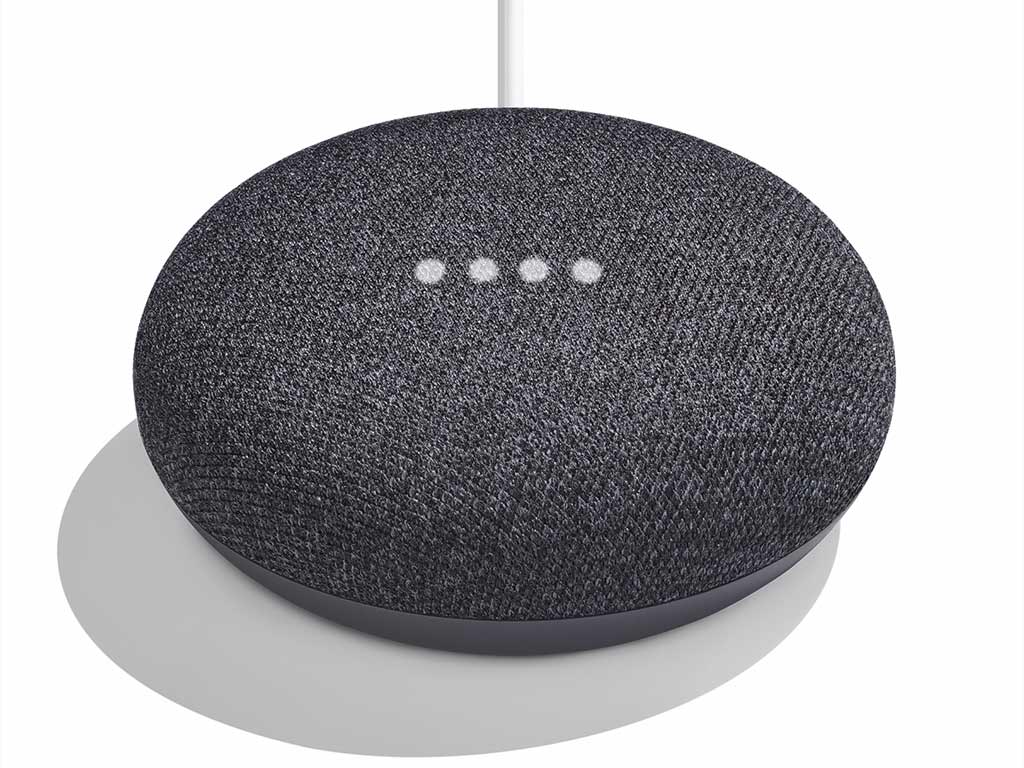
How they work
Setting up any one of these is going to be the same, either way. The Google Home App for Android and iOS does the heavy lifting. Once up and running, it then becomes easier to tie it in with compatible smart home products.
When it comes to Assistant, there is no real functional difference. Say “Hey, Google,” or “Ok, Google,” issue a command or request, and it will respond. Naturally, the Home Max has more microphones inside (six), which allows it to listen better, but those mics are also to help tune audio for the room.
The original Home and Home Mini share more similarities that way. They don’t share the exact same components, but their respective performances are essentially the same. Only the original model has an advantage in that its speaker is louder.
The Max and the Mini share a similarity in the four dots that appear whenever Assistant is active (white) or muted (amber). The original Home has a multi-coloured logo that appears on the face at the top. These are only aesthetic differences that do the same thing.
When you want to pair via Bluetooth, just saying “Hey Google, connect to Bluetooth” can start the pairing process with another speaker. You can also do it through the Home App as well. Either way, it’s the same for any of these units.

The best fit
Whether you desire having a smart home environment or a virtual assistant that delivers answers on demand, it’s a relatively easy choice.
The Home Mini is the most ideal—and least expensive—for entry into the Google Home device family. It’s small enough to fit anywhere, can go in any room, and is the best option if your plan is to pair it with another speaker. Bear in mind you do need to always direct your vocal queries to the Mini itself. Pair it with a bigger and better speaker for audio playback and you get the benefits of louder and clearer music—with smart features to boot.
That’s why the Mini is also the best choice if you already have a speaker you rely on or want to keep. The Mini doesn’t have an Aux-In port, so you can’t easily tether it to a speaker, but Bluetooth is always an option.
The original Home can be utilized the same way, though it has a certain utility for smaller spaces where audio and a virtual assistant could be useful. One example may be the kitchen, where getting your daily routine is convenient. Not to mention following a recipe through Assistant, or having some music playing in the background while cooking, cleaning, or eating.
The Home Max is the most linear of the three. It doesn’t make sense to get one if you can’t at least get a little loud with it. It doesn’t matter if it’s a house, apartment, condo, or cottage. The key is to have Wi-Fi, though the speaker does have an Aux-In port.
That port can be useful for plugging in a laptop, TV, or even a vinyl record player. Plus, you can pair two Home Max speakers together to create left and right stereo channels for an even better sound experience.
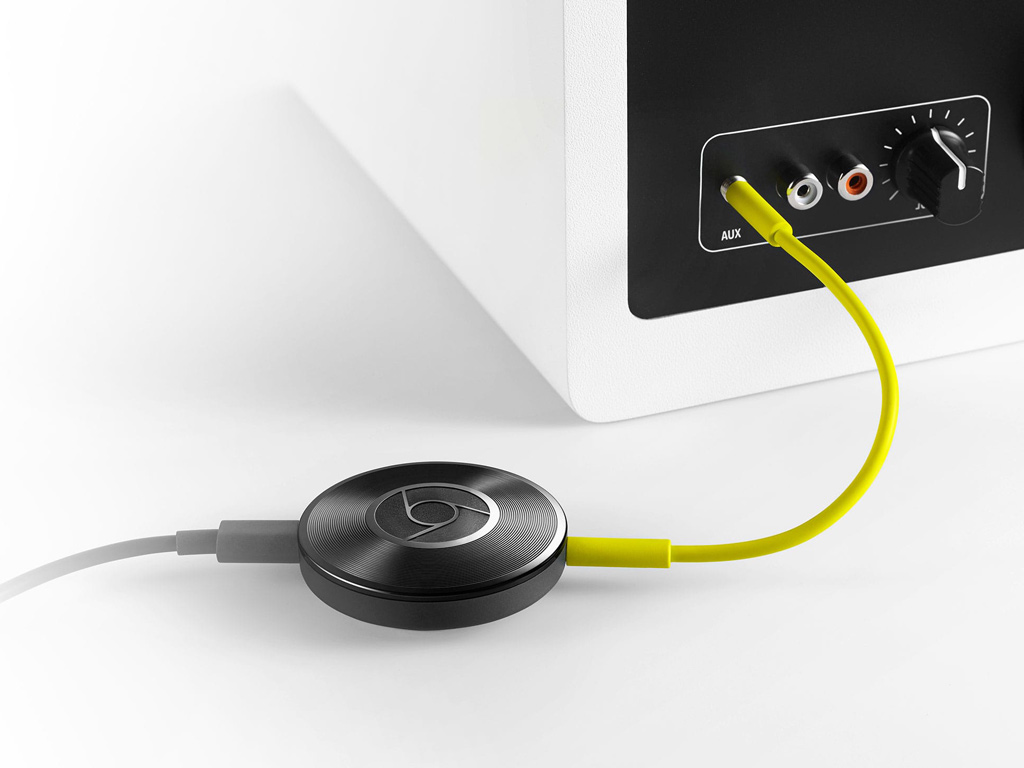
The Chromecast effect
All three Home devices integrate with Chromecast devices. For example, if you want to watch something on your TV (where you have a Chromecast or Chromecast Ultra plugged in), try saying “Hey Google, watch (show) on Netflix on (Chromecast device),” and it should work.
It will also work with YouTube. And if you have a Chromecast Audio plugged into a speaker, you can push any audio you’re listening to over to it. It’s a great way to make a retro or legacy speaker “smart” when it still sounds great.
Going Home
No matter which Google Home unit you choose to go with, you may end up with more than one. After all, in a house, it wouldn’t be able to hear you between floors. Condos or apartments may be different in that keeping one in an open space, like a living room, would be enough. You know where you live, so you would be the best judge.
Integrating your voice commands to control compatible smart devices in your home is cool. Control your lights, or thermostat, or garage opener, or home security camera. The list of compatible products continues to grow.
The Google Home, Google Home Mini and Google Home Max are available now.

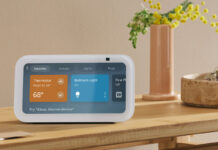
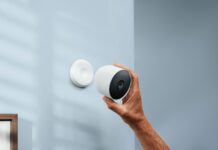
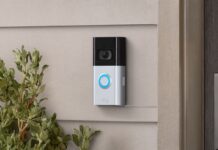
I love how my Google Assistant easily integrated with my Logitech Harmony Hub remote control system, I can now use voice command and ask Google to ” tell Harmony to watch TV “. I also intend on acquiring a Chromecast to integrate it with my sound system for full integration and control.
Comments are closed.